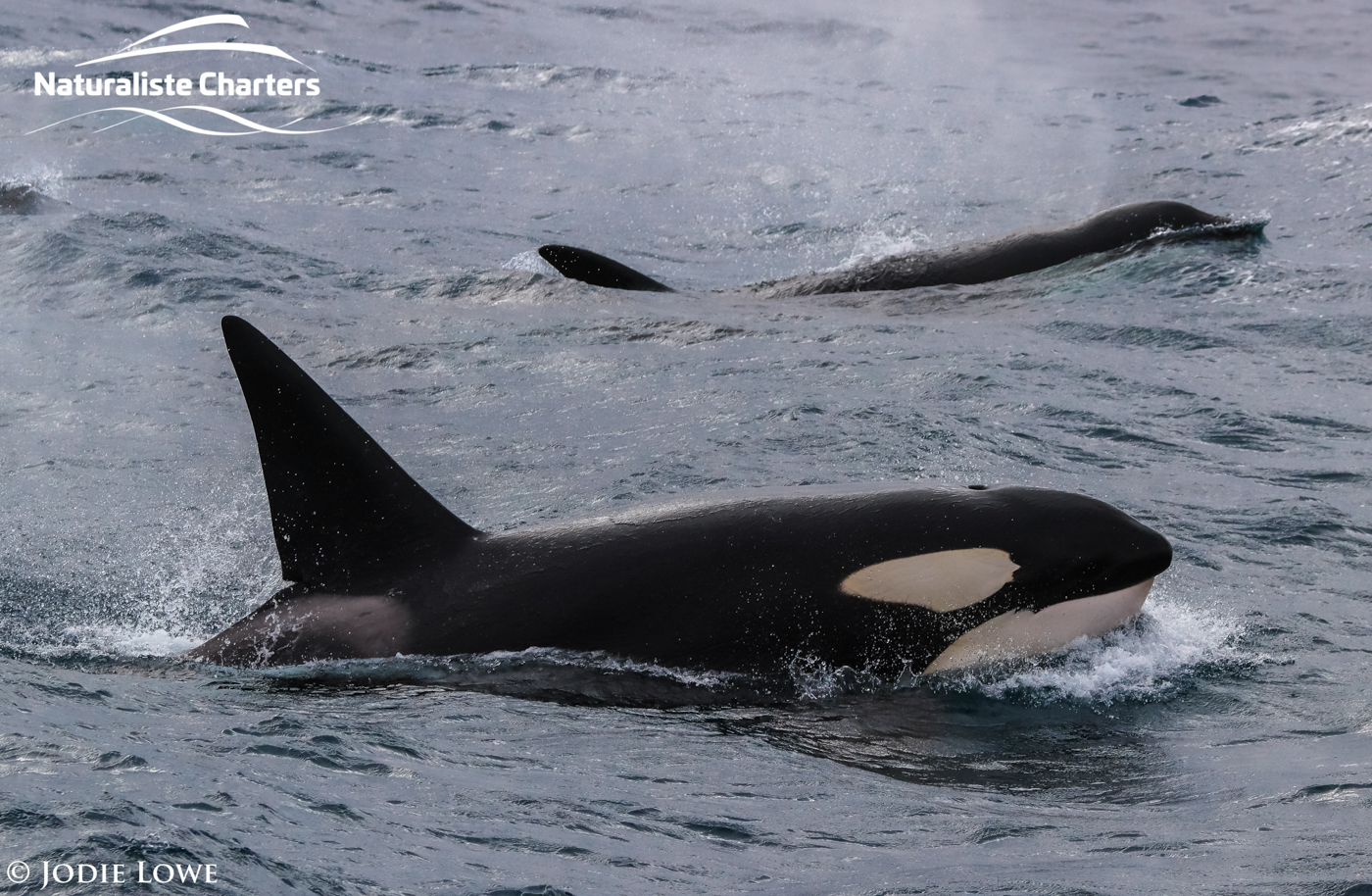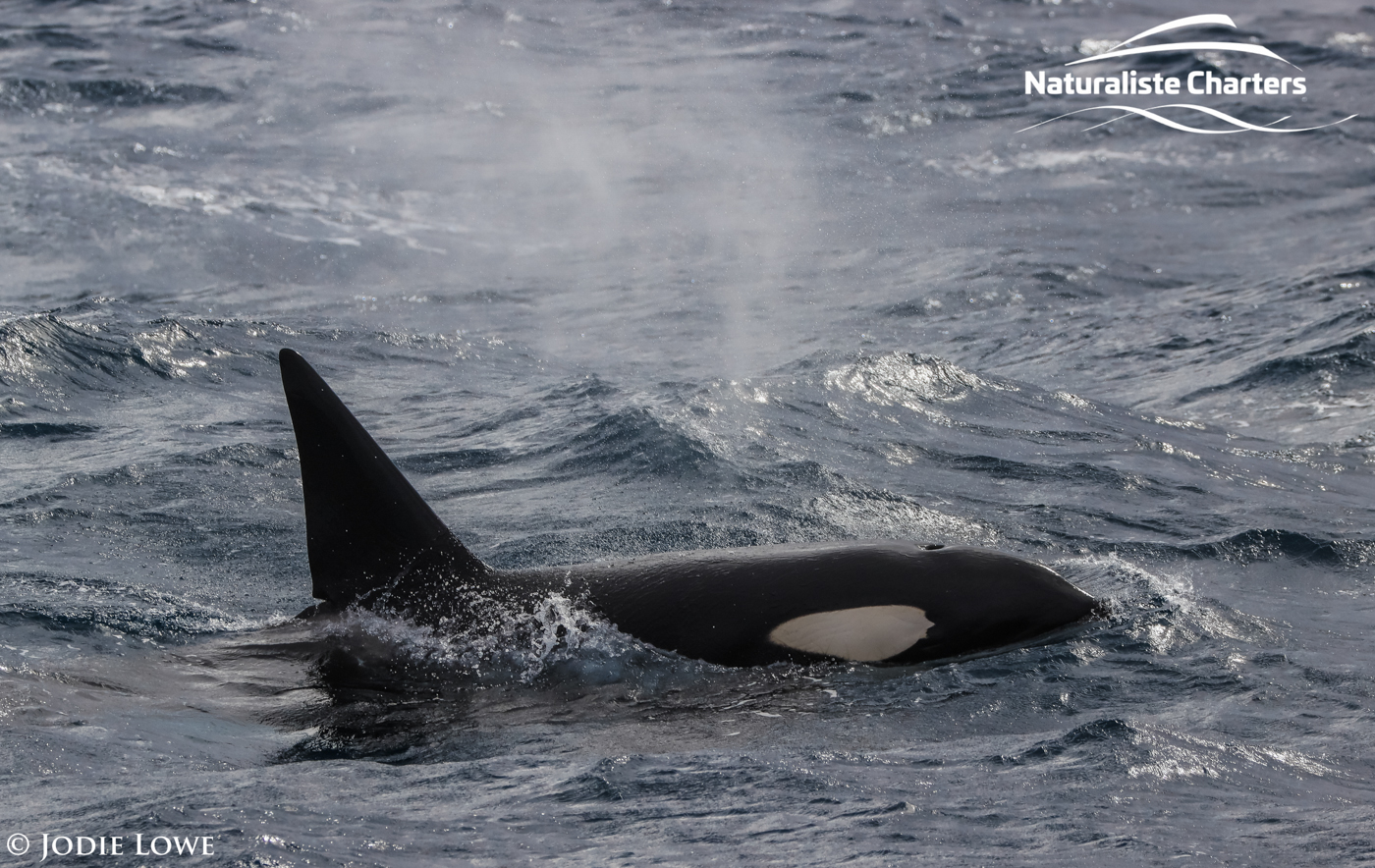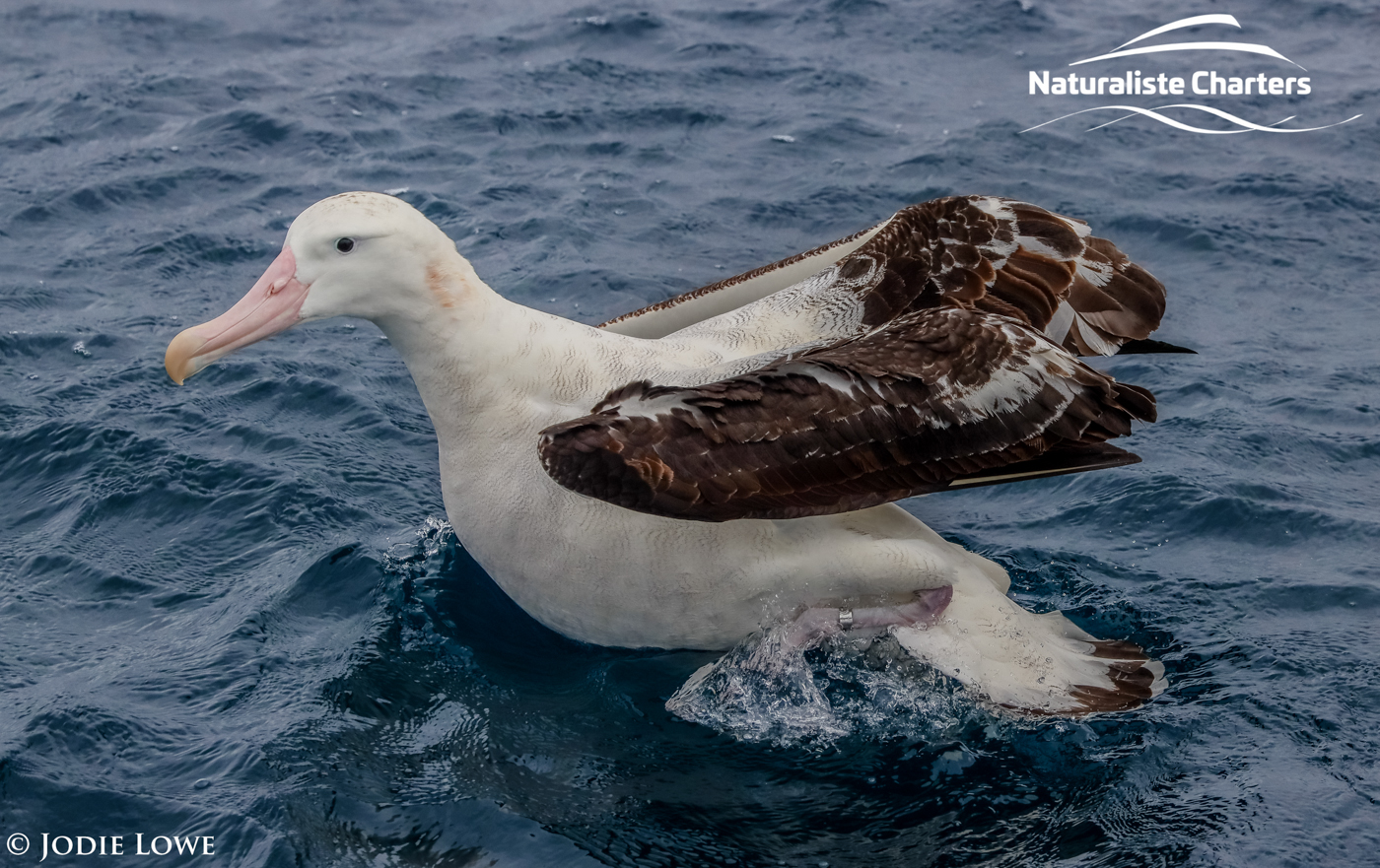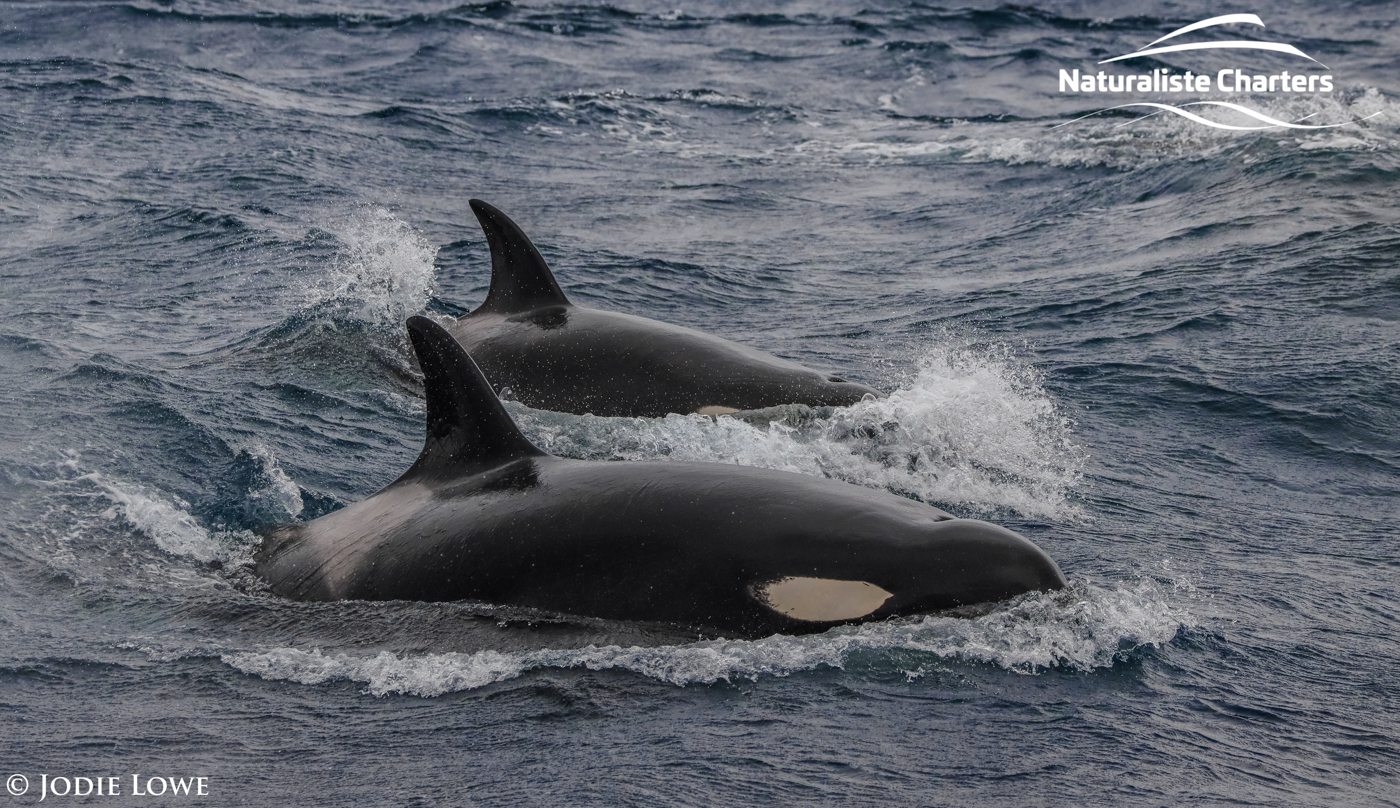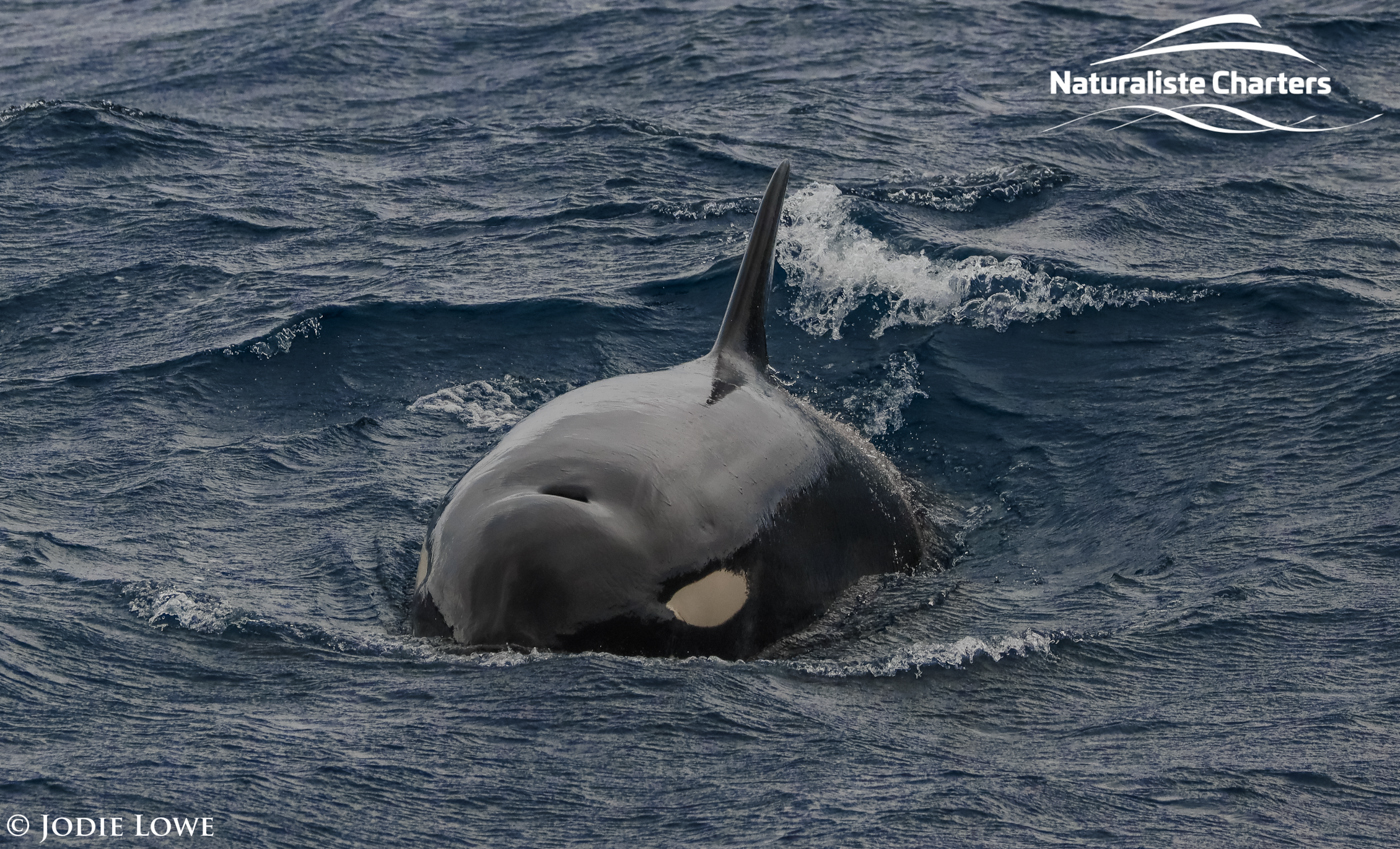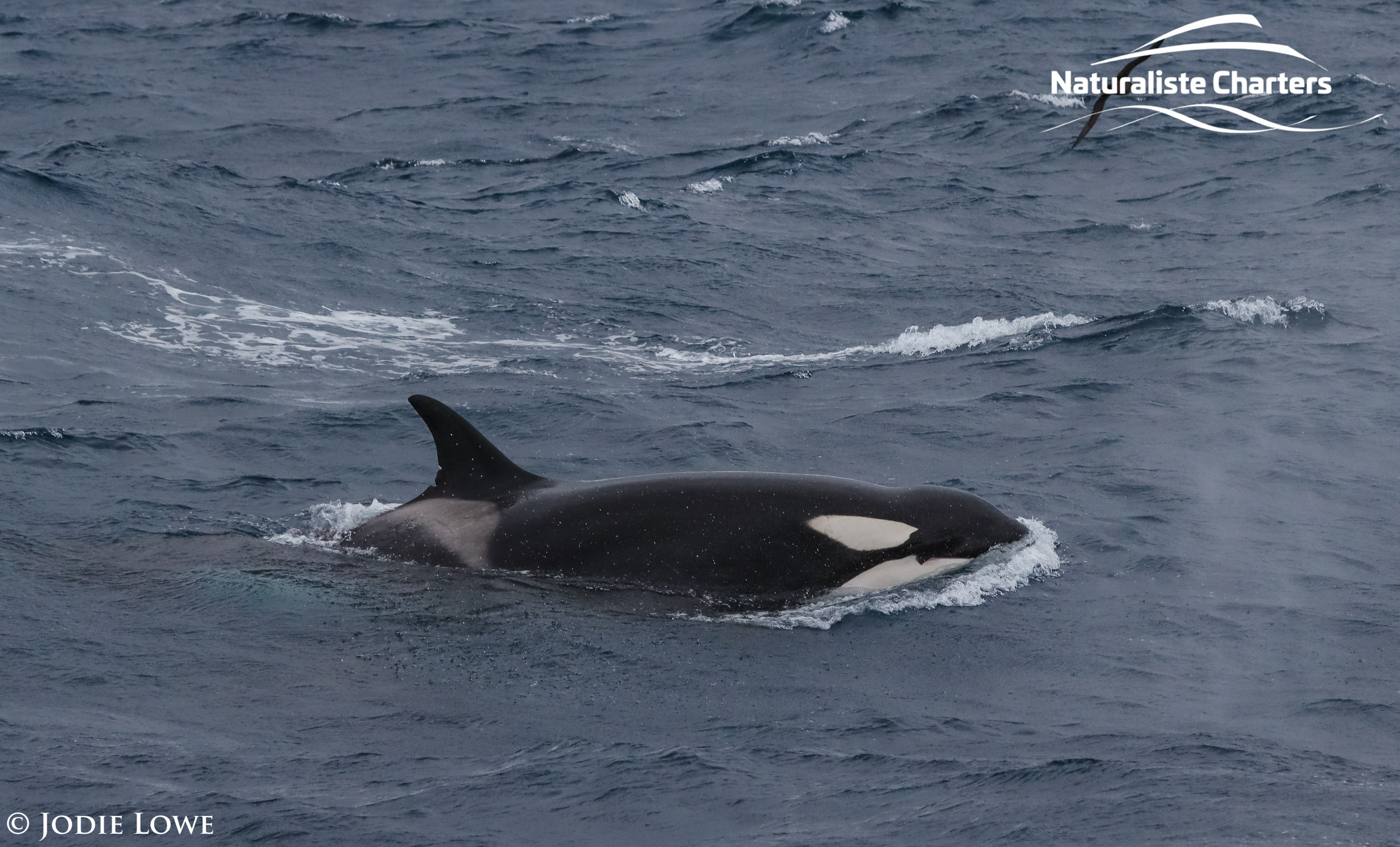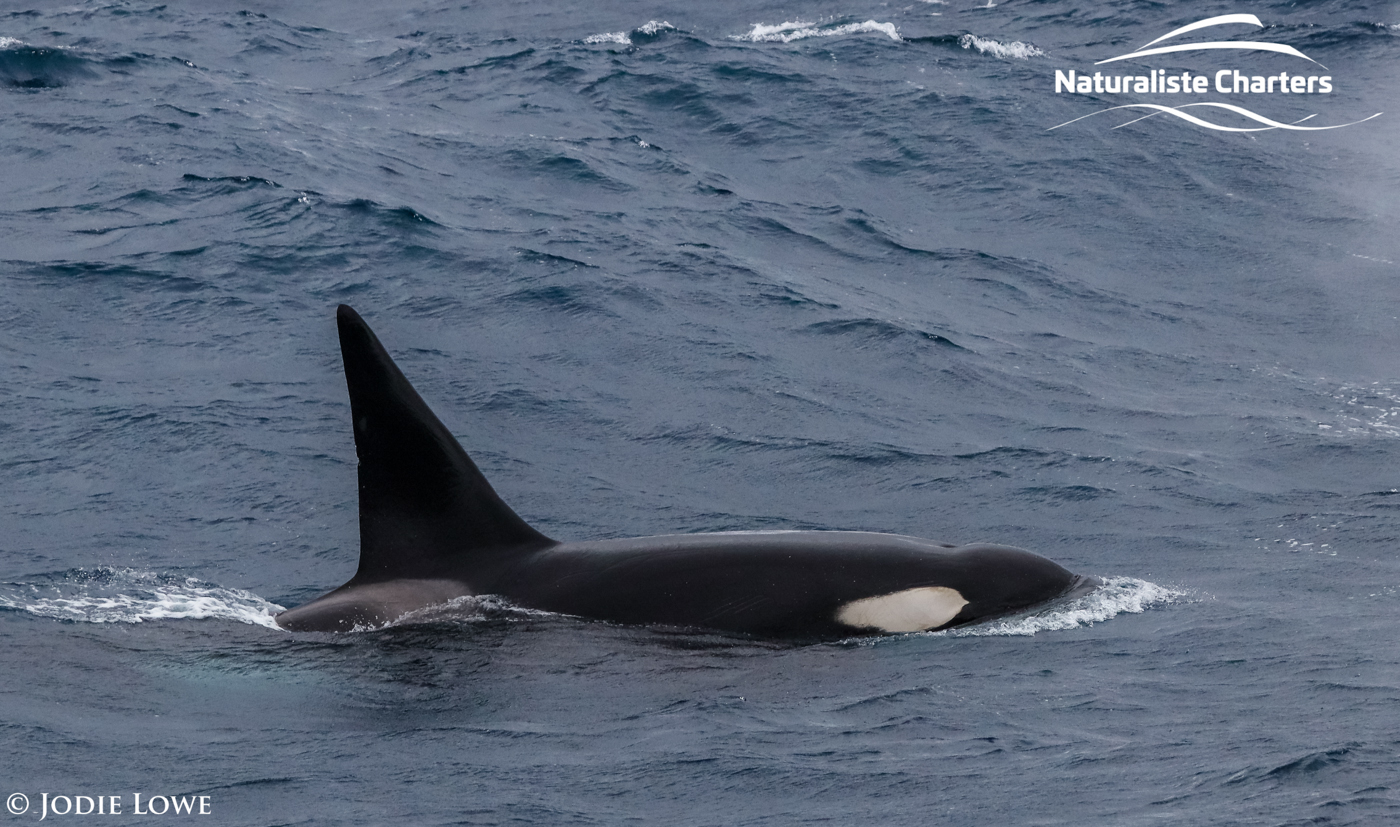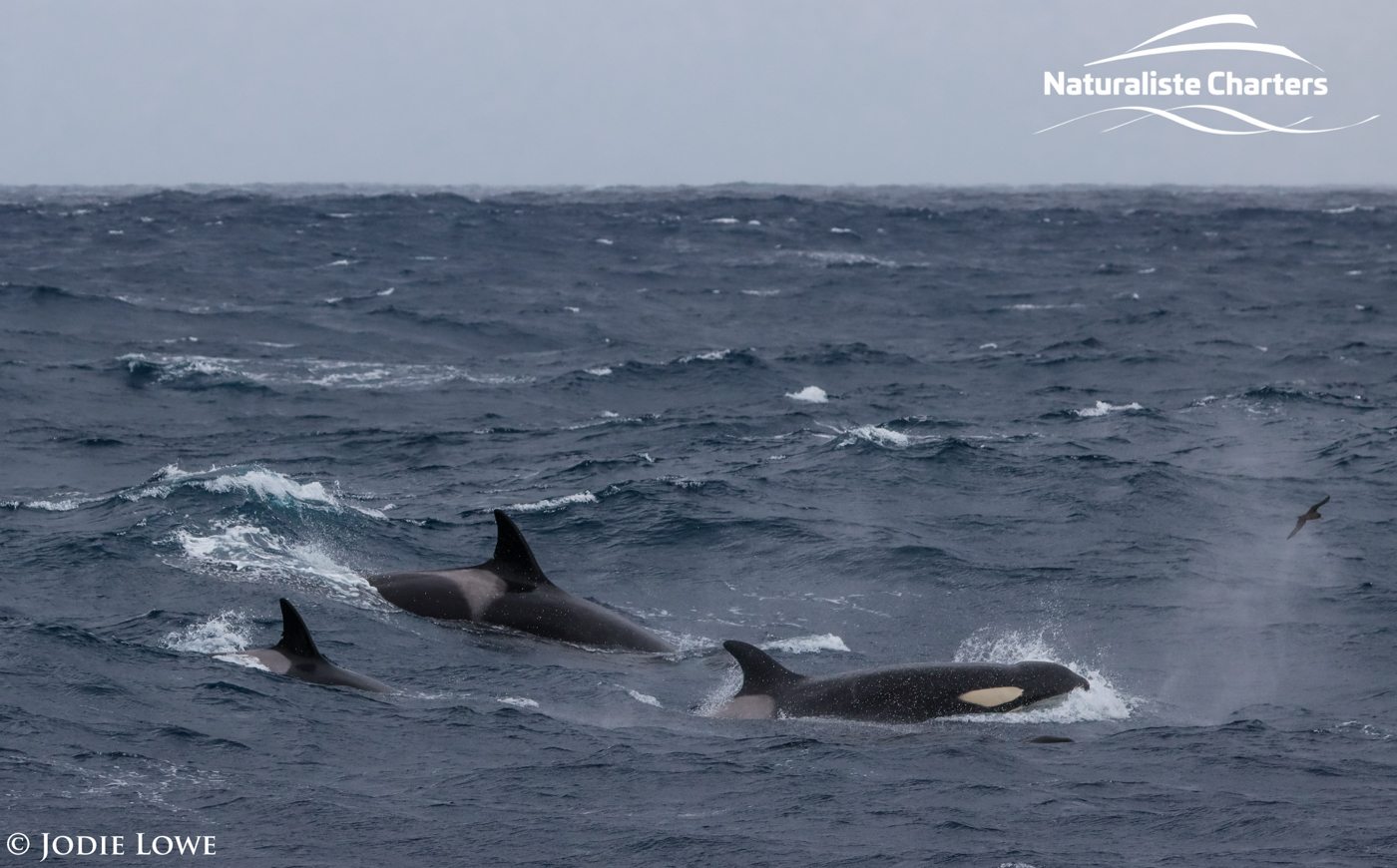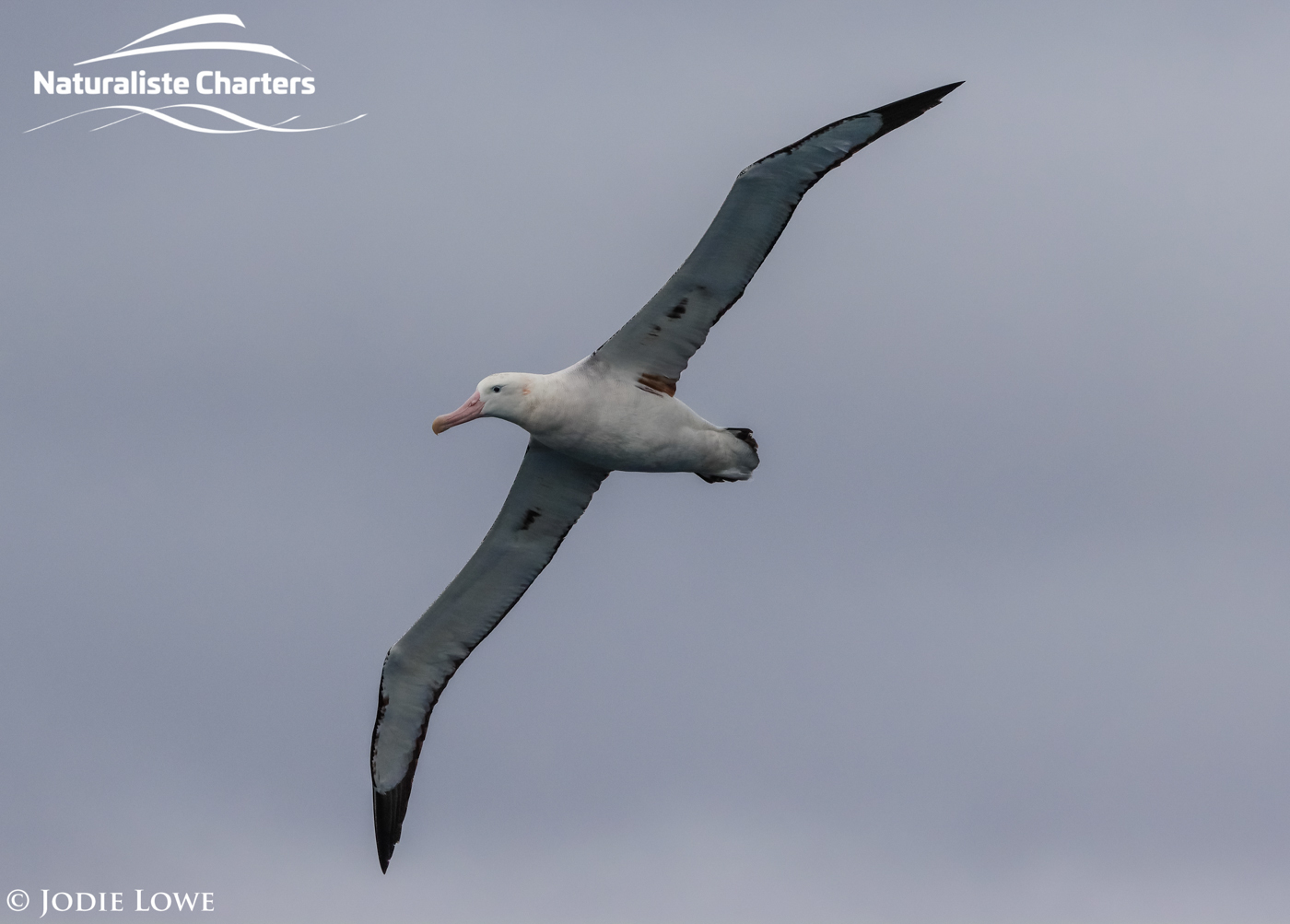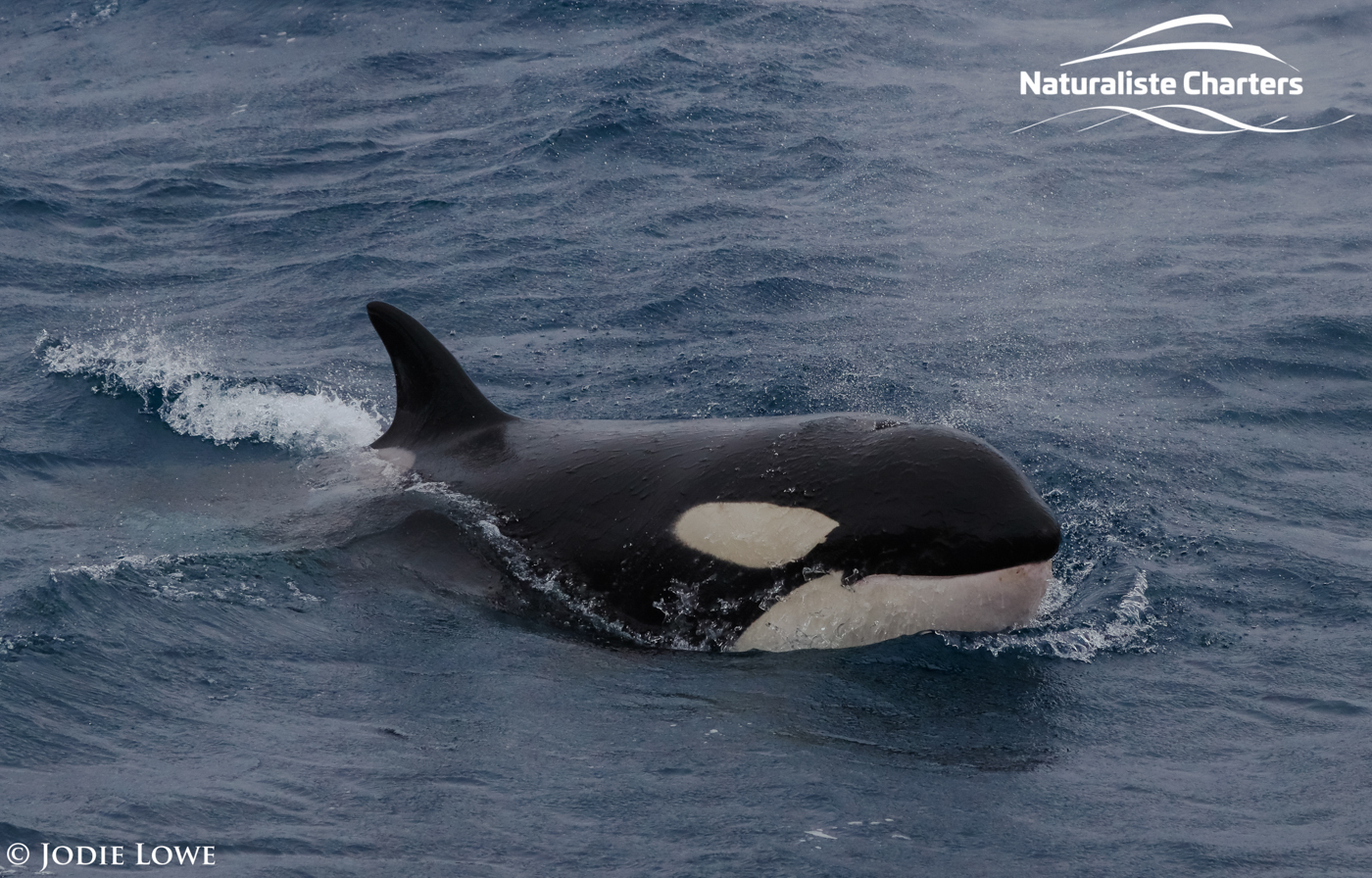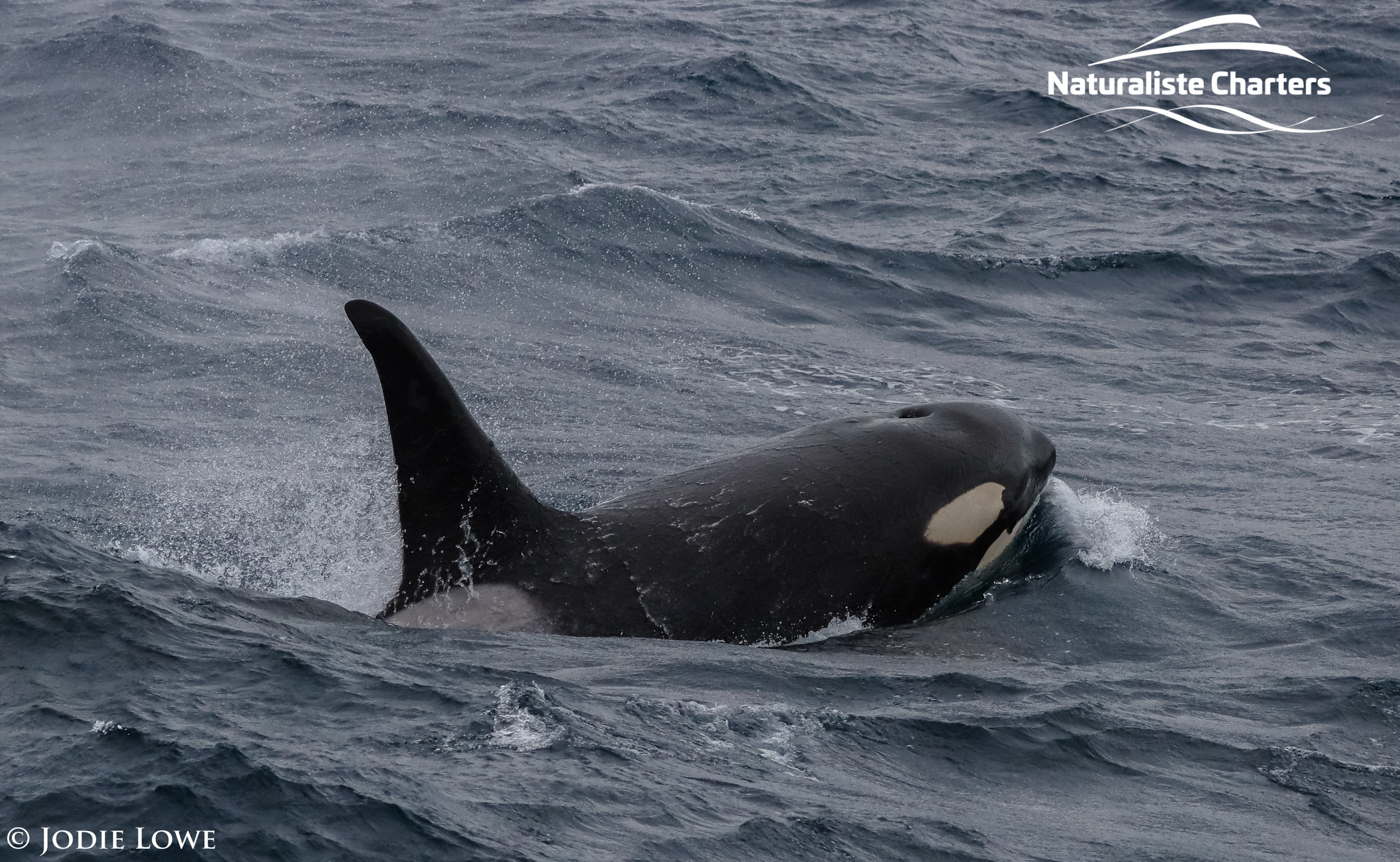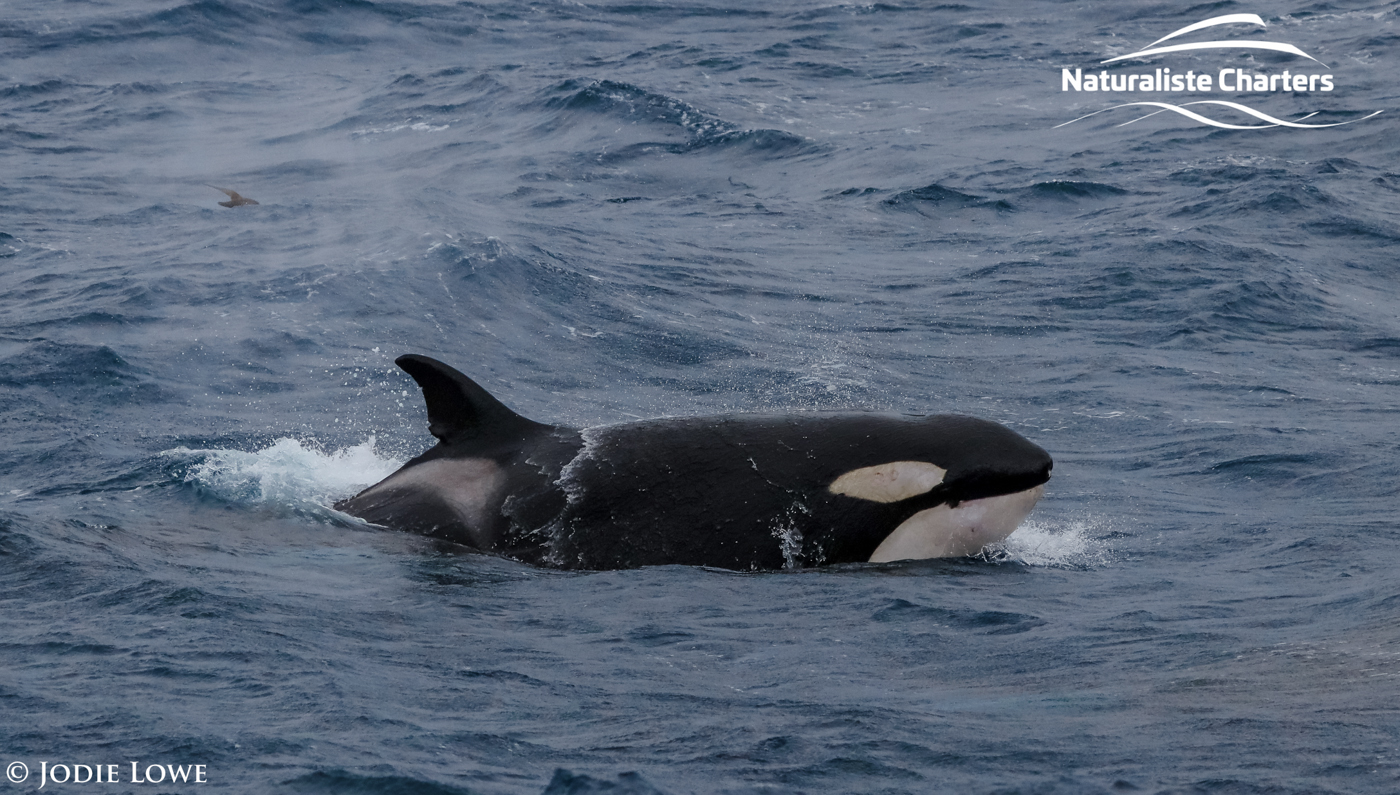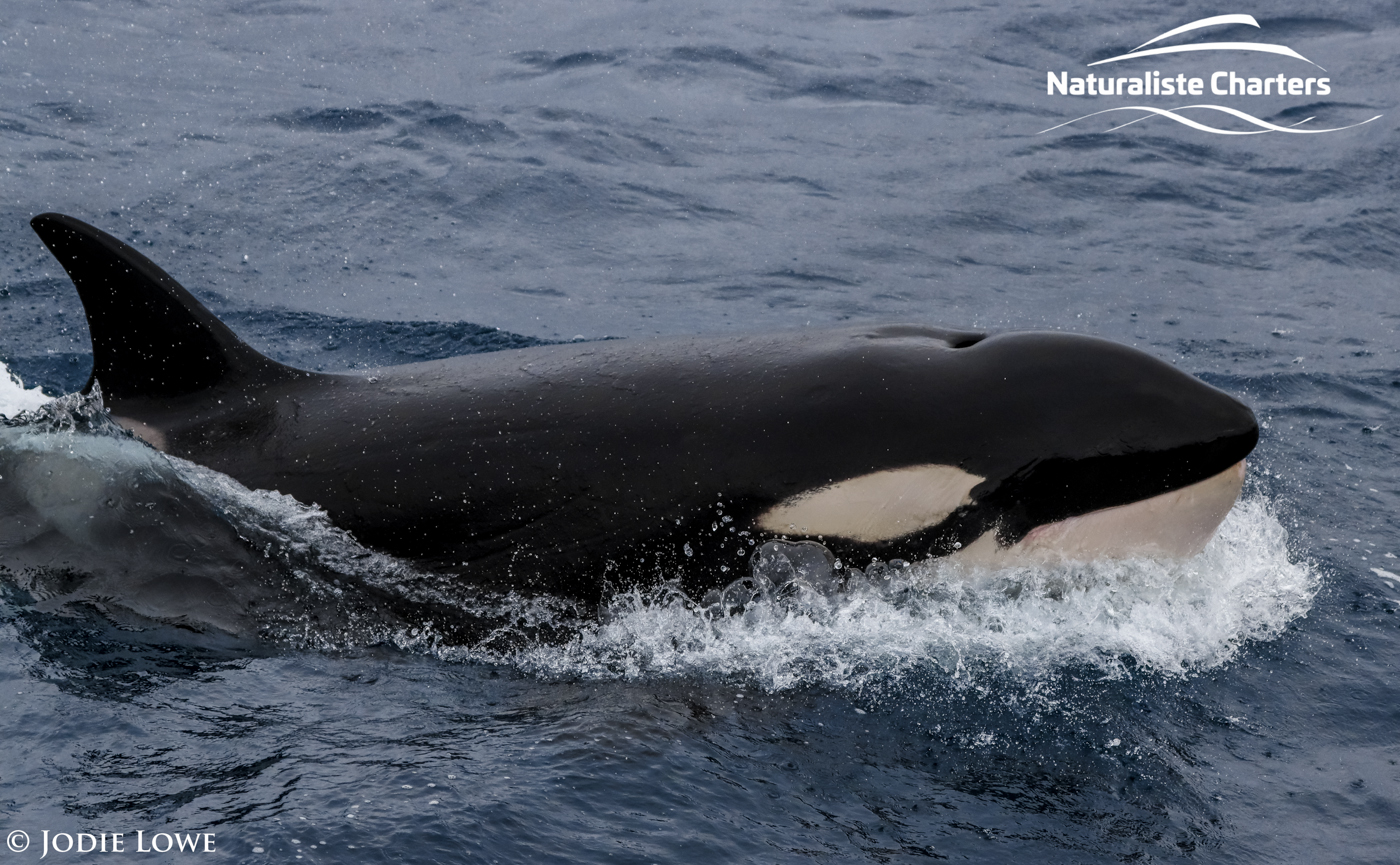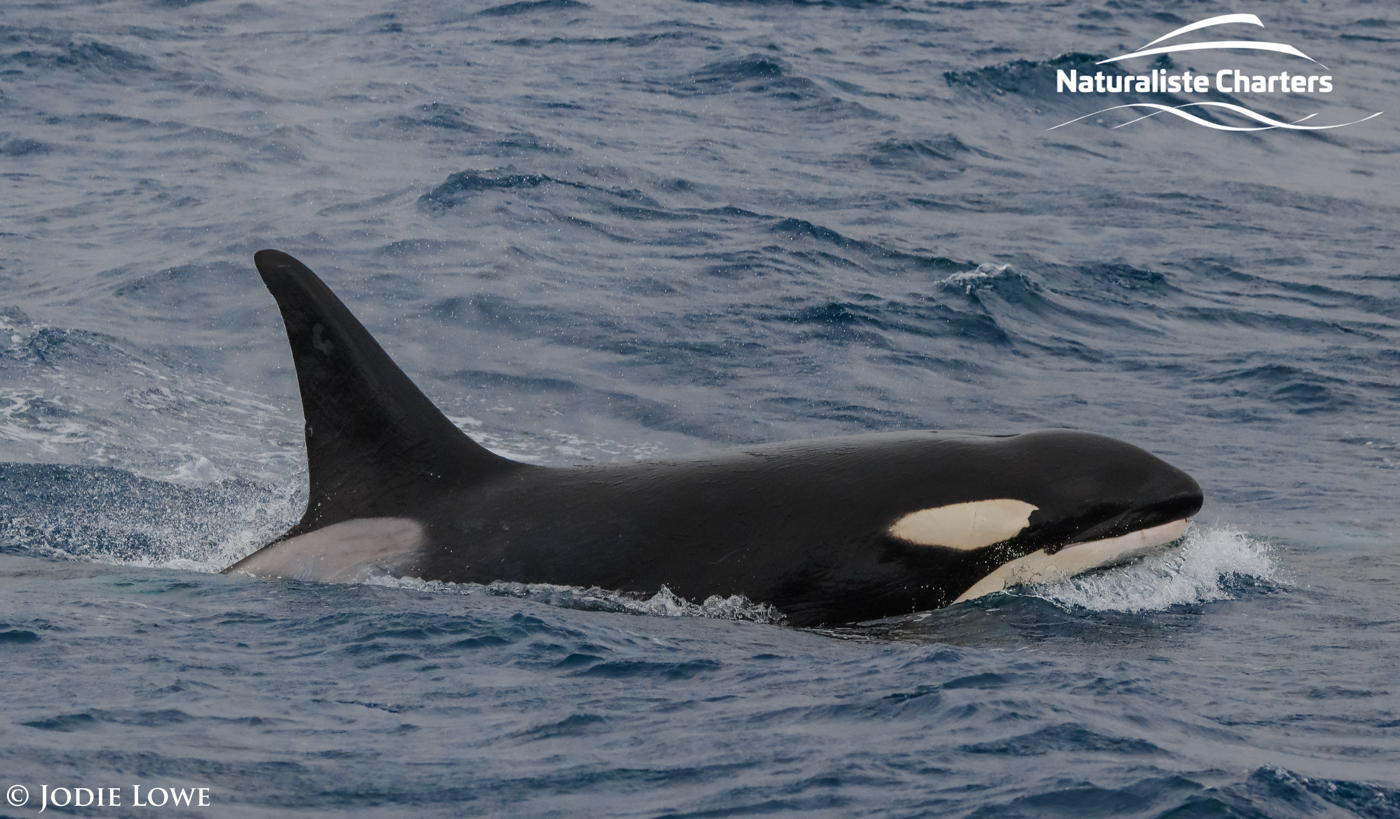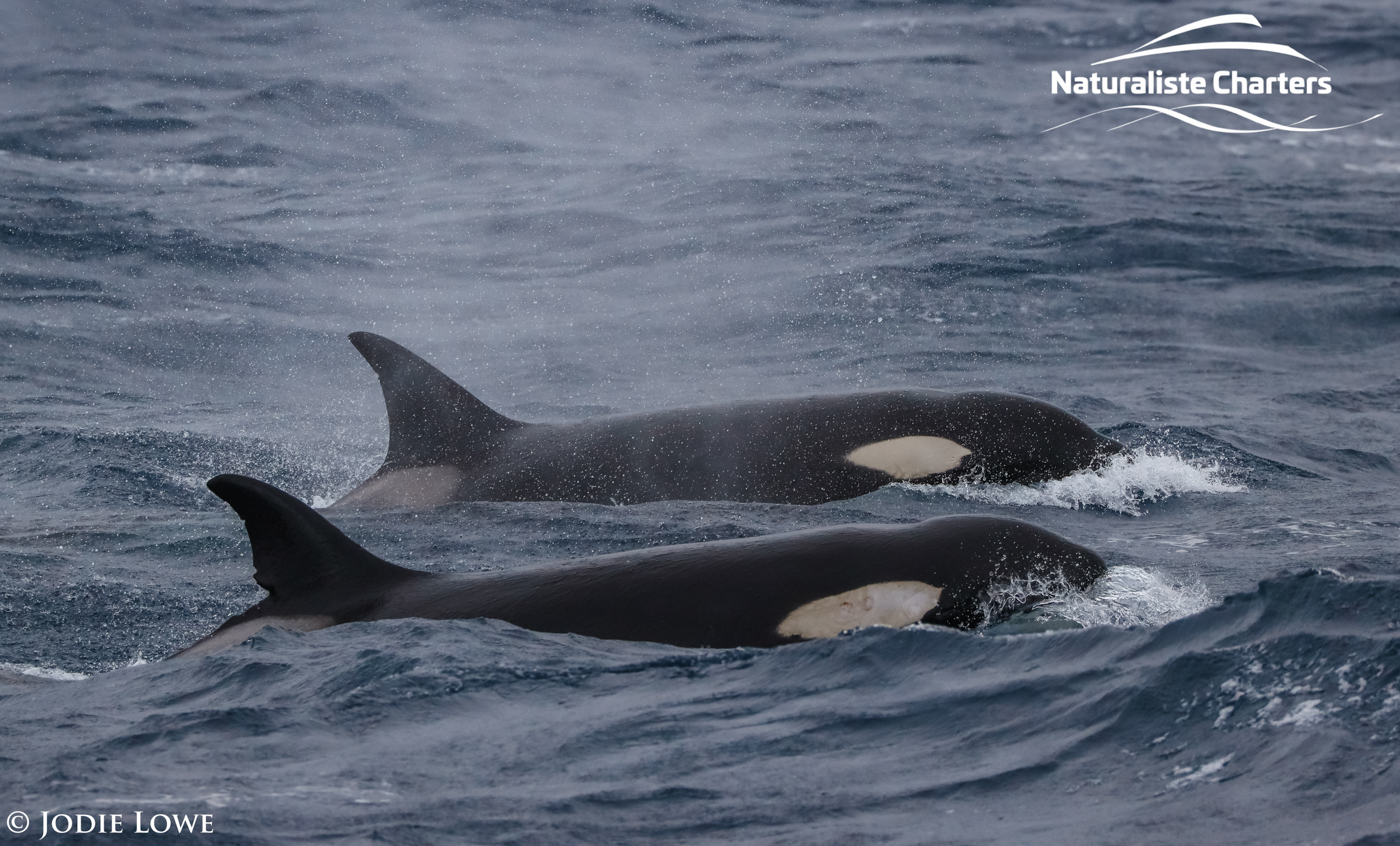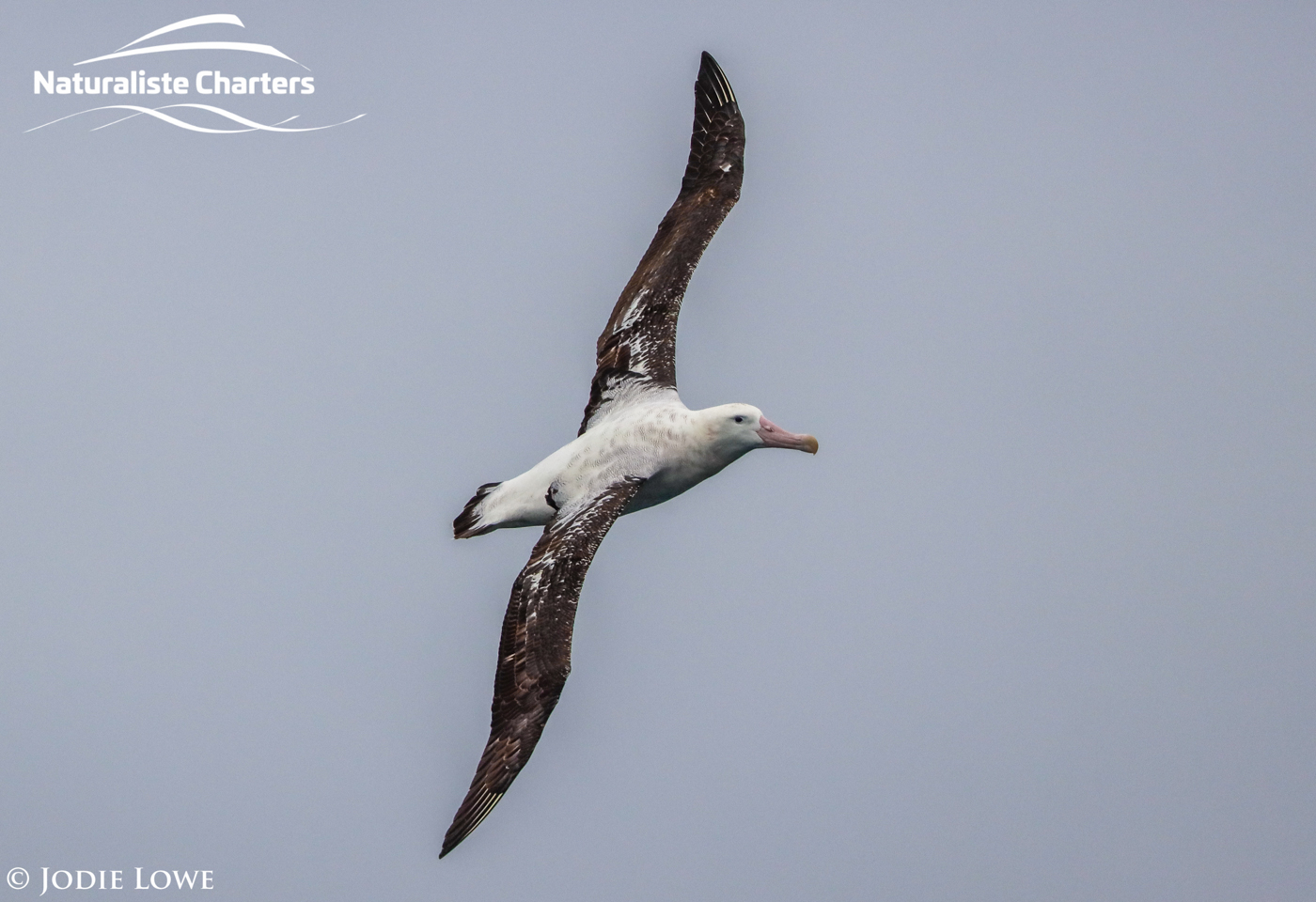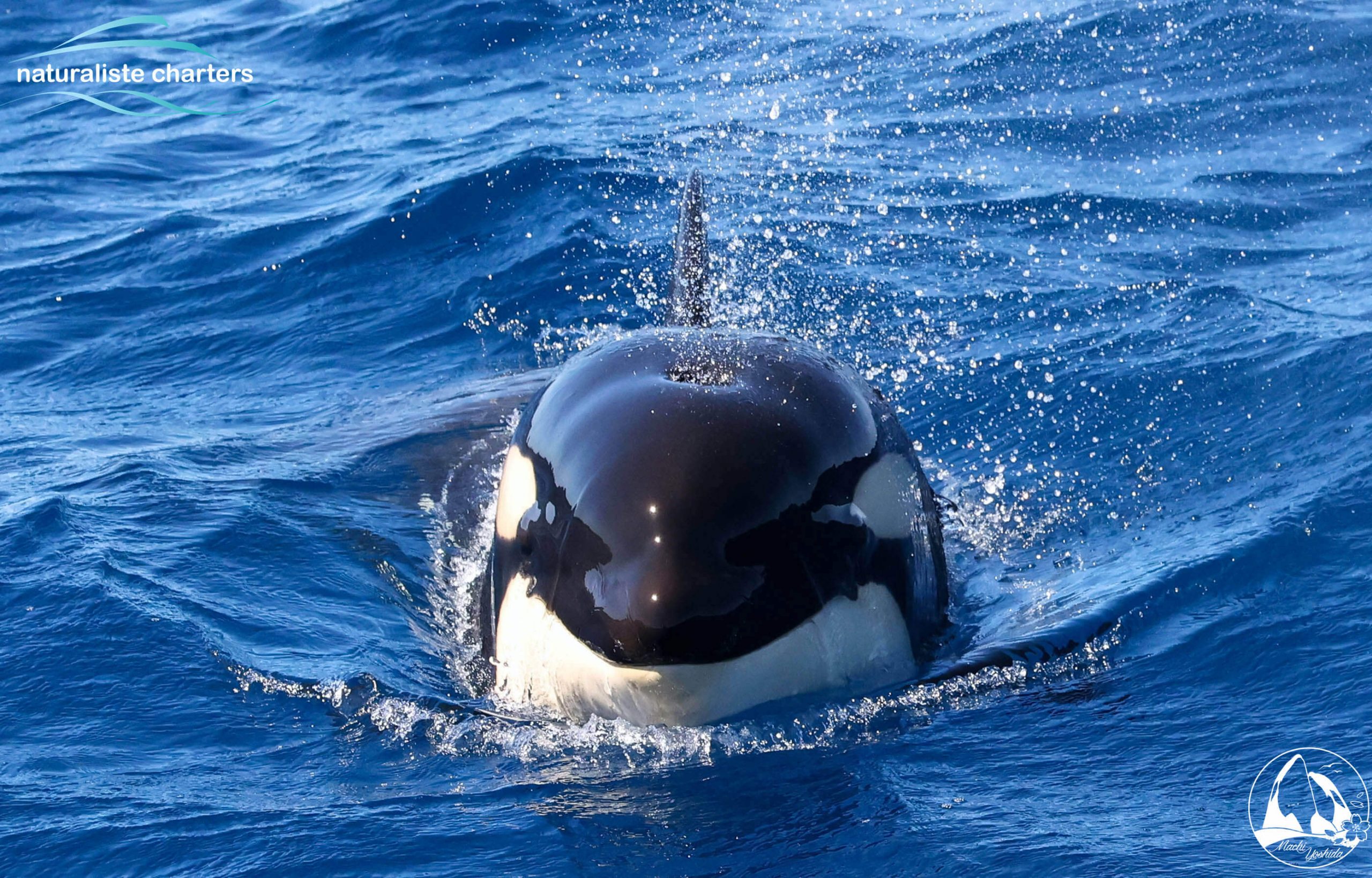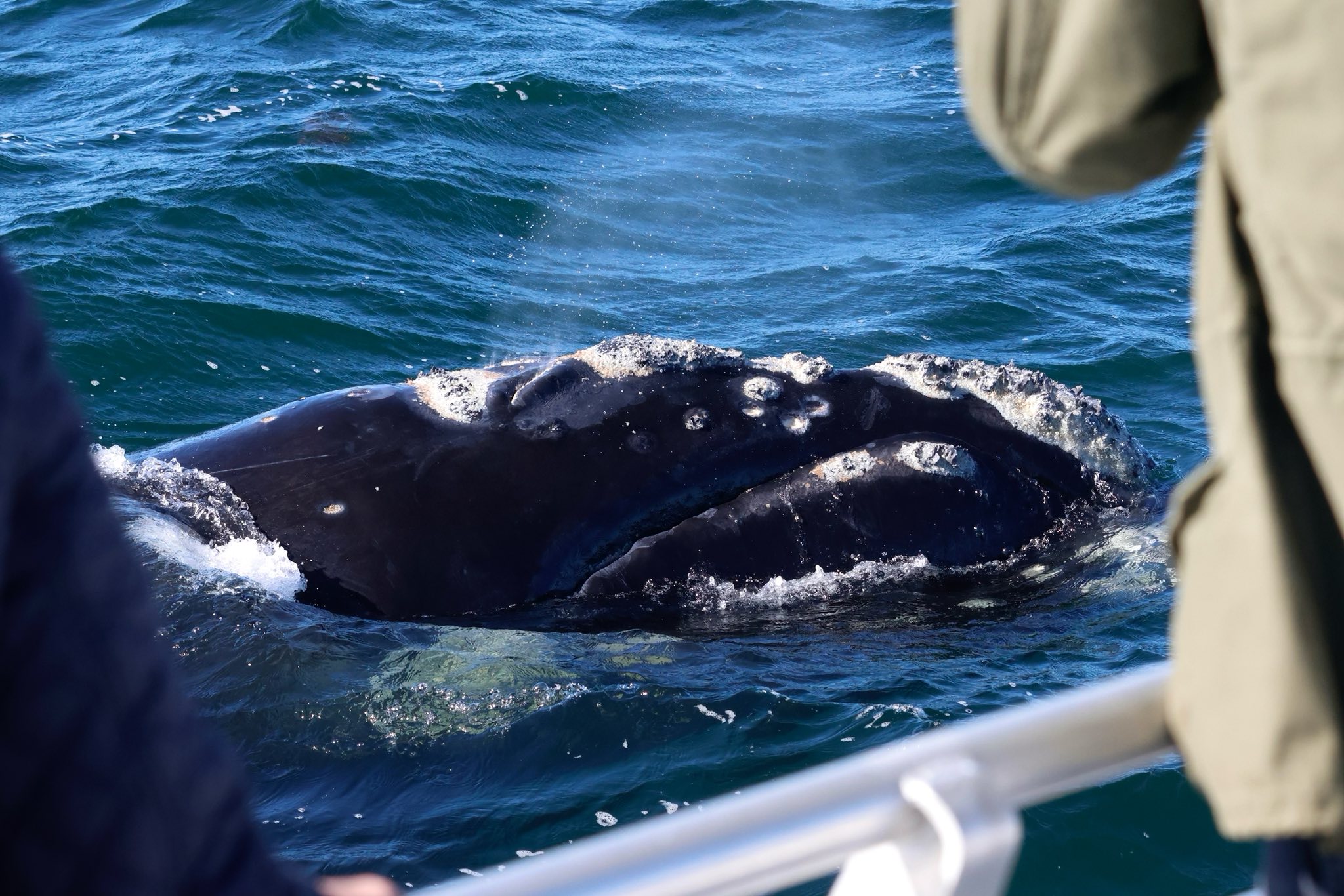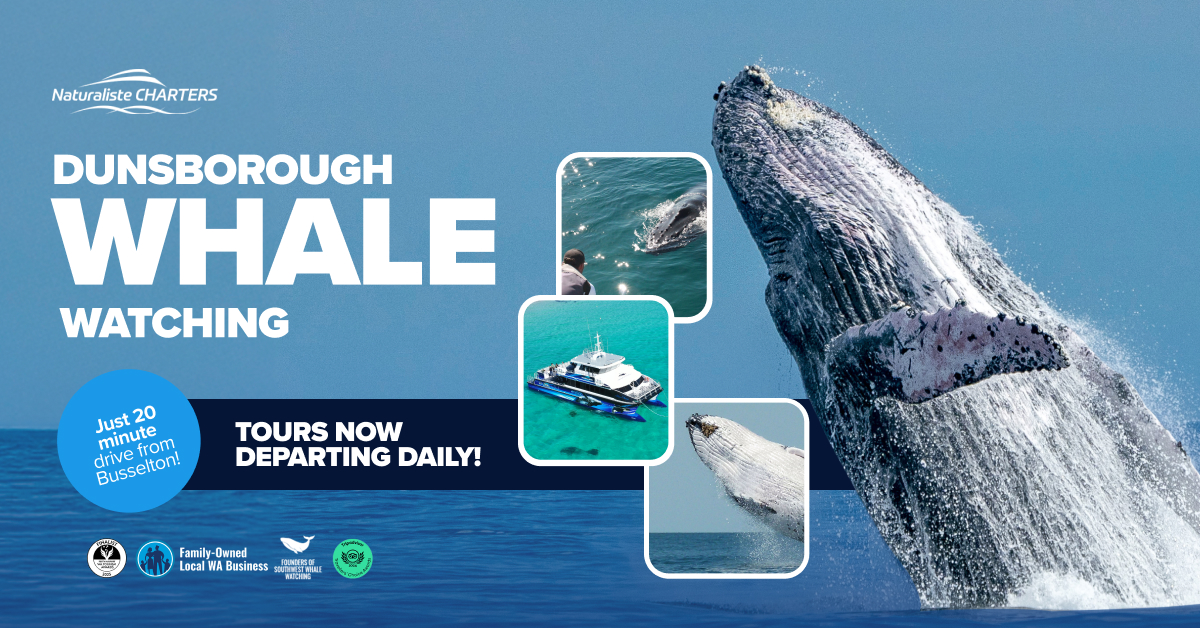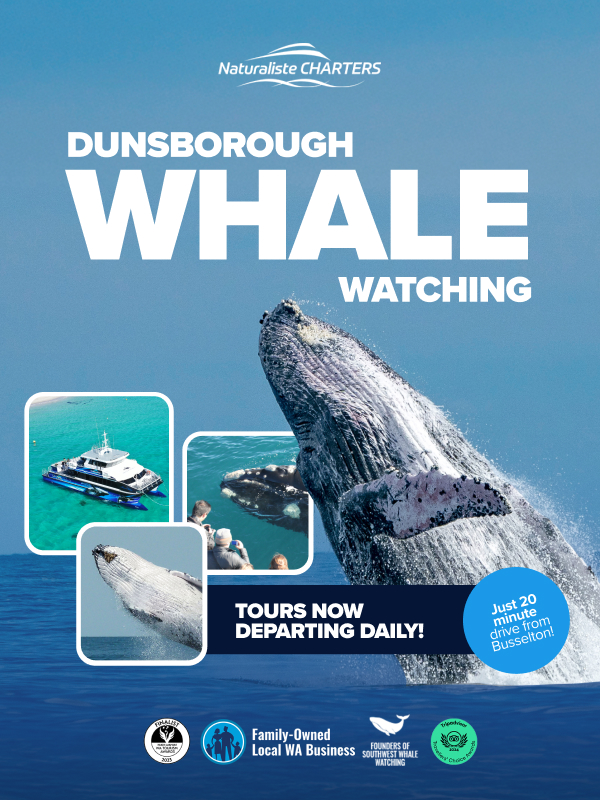04.04.2021
As with many gnarly days on the Southern Ocean – the orca were fired up. And we were equally as buzzed to see them. Today was rough! A dark blue picture of surge, swell and chop in every direction. On these days, is it the energy of the ocean that the animals pick up on? Or is it that these rough days create an unseen biological effect? Where the Orcas will to hunt is stoked by the behaviour of lower trophic groups (fish, squid, beaked whales) which is created as a product of the stirred-up ocean? Whichever direction the dynamic is pushed, an overarching feeling is intensity, excitement and the thrill is created. Where glimpses of seeing these animals for the moments they breathe, cruise and surf just beneath the surface, stay with those of us who witness it for hours, days, weeks and years.
On board today, one of our patrons talked about the 3D world the orcas experience. They are not limited by the mere linear glimpses that we see, their world is one of depth. These wise and powerful creatures dive to 900m if they need to. Their world is one of deep-sea canyons, which fall steeply to +2000m. These places are cold, 7 degrees down there; they are dense, the pressure of water above pressing down. And dark, no light, only black. Below these depths are the places of unchartered territories, where giant squid and sperm whales battle, where the graveyards of the skulls of beaked whales devoured by orcas above fall to the ocean floor.
Back at the surface, and today in the canyon, the birds swirled in force. The orca punched a path through the rough and ever-changing swell with steely determination. They moved together in long sweeps, they were hunting together, through the fierce seas they were communicating, pods moving as individuals, yet towards a common purpose. It got me thinking about the culture of orca society, and how in these conditions out in the deep blue, to we meagre humans can sometimes feel so harsh and rough yet are actually incredibly important in the functioning of the complex ecosystem shaped by the Bremer Canyon. The interplay of environmental conditions that drive this biological system and create a pulse of life 24 nautical miles from the coast, so far away from the beaches and bays that we usually stay attached to. The things driving these animals are only found out there in the wild deep blue. The things we continue to see season after season, solidify in us the knowing, that these really are the apex of all the creatures down here in the southern seas. This status is not something an individual can achieve; it is power in numbers which allows this dynamic to unfold. The orca society is a community, it is a Matriarchy.
On observing these animals, it seems these are just some of the things we can learn from these orcas who rise to the surface from the deep blue:
Co-operation: power in a collective working together towards a common goal. Where success is not centred around the betterment of one orca or one pod, it is a collective effort leading to collective rewards.
Perseverance: to be the apex predator of the sea means that things don’t always come easy. Some days you can communicate, swim and search far and wide, yet you still may not come out with a kill, though regardless, you as a collective continue.
Humour: There is time to play, there is time to surf the wake, even when things are serious, you are hungry, and your family group is searching for food to feed your entire pod, there is always time to cruise under the boat, swinging by to say hello.
Self-confidence: to be the strongest means to persist, even when a good majority of the animals around you are scared of your power, so much so that they will turn immediately and swim the other way.
Respect: you are part of something big. When you decide you and the pods around you need to take down something of strength, a blue whale for instance, you respect it’s power. You recognise a task like this cannot be undertaken by one, or even 10. No, this is a job for 70 orcas. This is respect for the animals you collectively work so hard together to bring down.
Communication: When things seem effortless, they are not. They are meticulous, calculated and take communication. This may be through clicks and whistles, subtle gestures and occasionally a stern pass. Yet the communication between those close and far is what helps to generate and hold the power necessary to operate as apex predators.
Vulnerability: It is knowing that although powerful, your success and survival is underpinned by the functioning of an entire ecosystem. You take what you take with respect. What you leave, falls to the sea floor and is utilised by others whose strategies are different from you own. You rely on the smallest beings – the microbes, phytoplankton and zooplankton, to fuel your prey from below. Without all of this working in concert your reality would be an entirely different one.
Community: It is care, for young, for old, it is sharing the winnings of every hunt. It is moving together, breathing together, sleeping together, one side of the brain awake, one side of the brain asleep, safe as a collective.
Matriarchy: This is a gentle form of leadership. It’s not about being the biggest, or the strongest in the pod. It’s about weaving the web, bringing the community together and keeping it united. It’s about a powerful and positive role models within a family group of strong and determined individuals. Equal parts formidable, playful and empathic.
The society of orcas is one of both love and power. It is one to be aspired towards.
Written by marine biologist, Kristy Brown.


